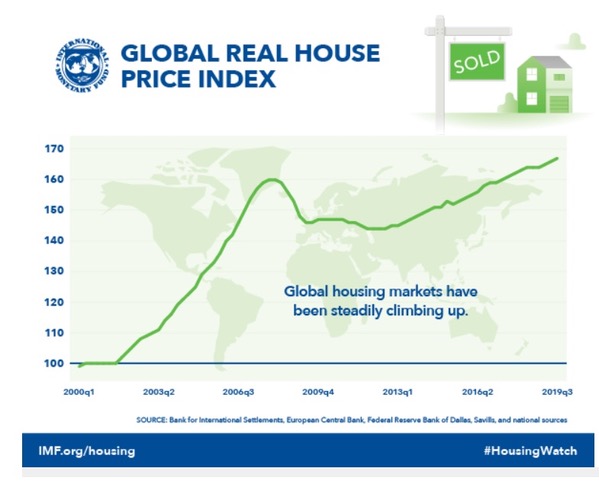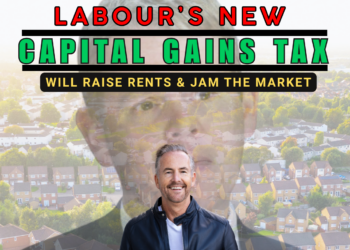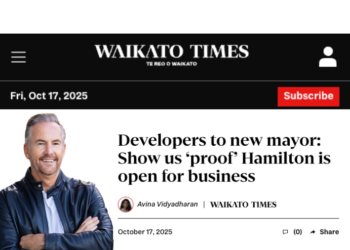
All around the world, central banks are printing money through their Quantitative Easing programs. Even NZ is now committed to injecting $100 billion into the economy.
This new money has the affect of driving down interest rates and simultaneously driving up asset prices. This is why shares, commodities and property have reached new highs around the world, despite an ongoing pandemic.
It’s not about housing shortages, or immigration or government policy, although all of these things have an effect. Right now, it’s the trillions of dollars of new money being created by central banks around the globe that is driving up asset prices. The new money needs to find a home.

This is all good news if you own tangible, inflation-proof assets, but it’s terrible if you don’t. It’s also terrible for savers. Not only do savers get an incredibly low return on their cash deposits, this asset inflation is destroying the purchasing power of their money at a rapid rate. Remember when a $1million was a lot of money? Now it’s the average price of an ordinary house in Auckland.
So what should you do in this environment? Invest in assets. Buy gold, silver, art work, collectible cars, shares and property. Anything that can’t be inflated away by more new money. And don’t be afraid to have some debt, as long as it’s manageable.
Governments around the world have massive debt right now. The easiest way for them to reduce their debt is through inflation, so expect the quantitative easing to continue for some years yet.
John Kenel
Assured Property







